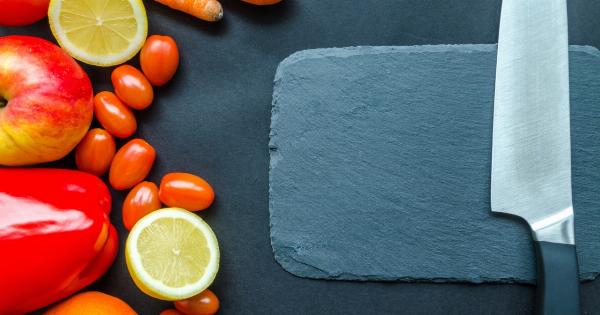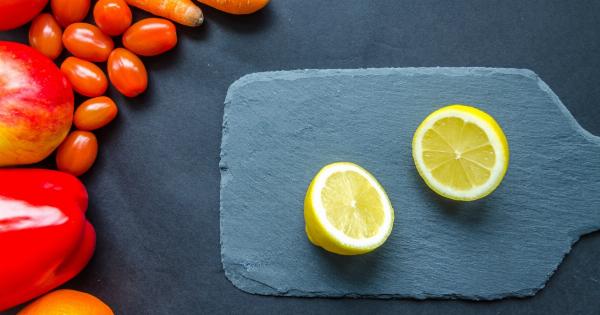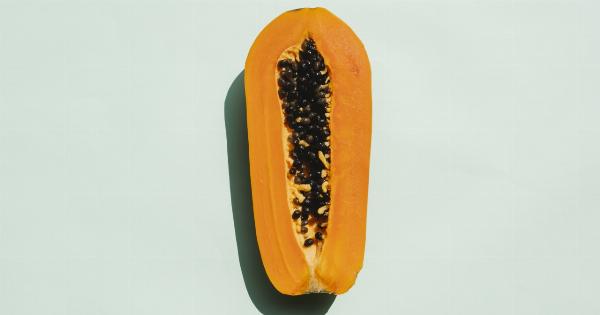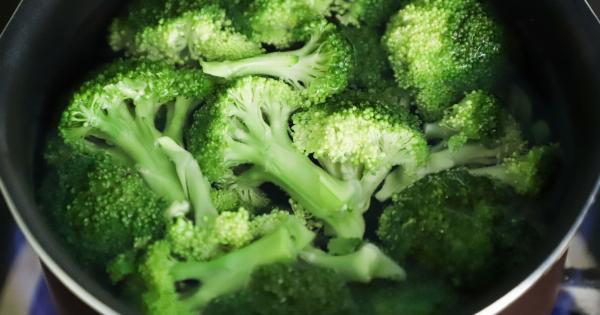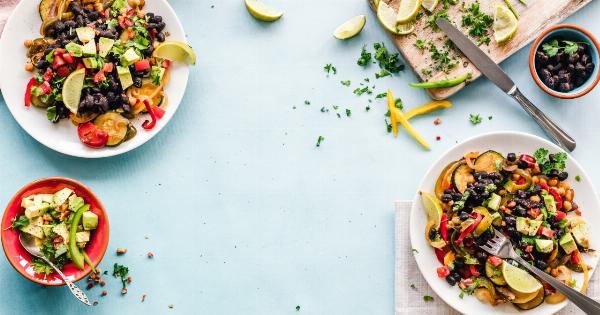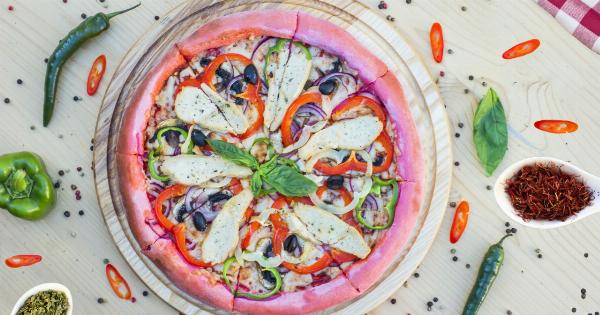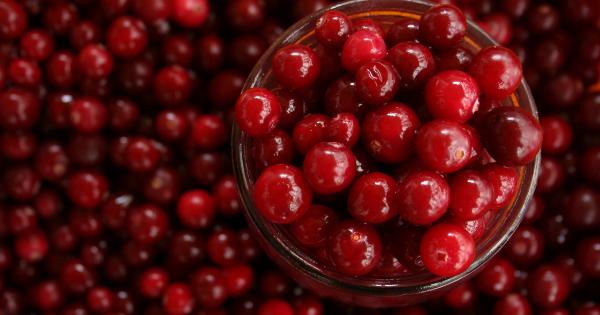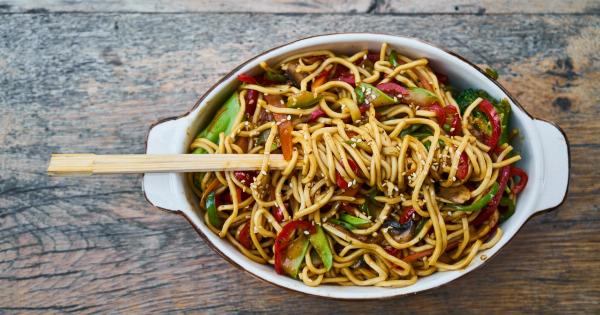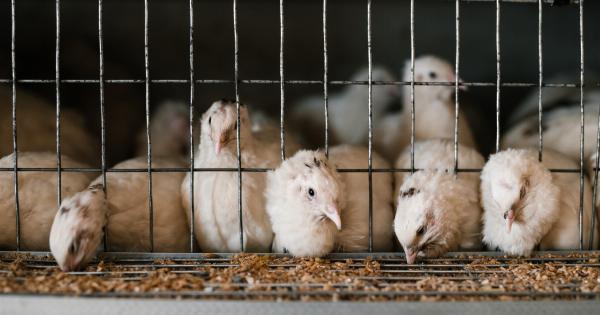As individuals age, their nutritional needs and dietary preferences undergo changes. Adequate protein intake becomes even more crucial for maintaining muscle mass, strength, and overall health in the elderly.
One way to meet these protein requirements is by consuming steak, a popular and versatile source of high-quality protein. However, properly preparing steak for elderly nutrition is imperative to ensure it is easily digested and provides maximum nutritional benefits.
In this article, we will explore the importance of adequately preparing steak for elderly individuals, discussing various cooking methods, tips, and considerations.
The Benefits of Steak for Elderly Nutrition
Steak, particularly lean cuts, is a nutrient-dense food that offers a wide range of essential nutrients required for elderly individuals to maintain optimal health. Here are some key benefits of including steak in their diet:.
- High-quality protein: Steak is an excellent source of complete protein, containing all essential amino acids that the body needs but cannot produce on its own. Protein plays a crucial role in maintaining and rebuilding muscles, supporting immune function, and promoting wound healing in seniors.
- Vitamins and minerals: Steak is rich in various vitamins and minerals, including iron, zinc, vitamin B12, and vitamin D. These nutrients are vital for maintaining cognitive function, preventing anemia, supporting bone health, and enhancing energy levels.
- Weight management: Protein-rich foods like steak can help elderly individuals feel full for longer, aiding in weight management. Proper portion control, in combination with regular exercise, can assist in maintaining a healthy weight, which is essential for managing various chronic conditions.
- Improved overall health: Consuming steak as part of a balanced diet can contribute to better overall health in elderly individuals. It can help lower the risk of nutrient deficiencies, support cardiovascular health, and even improve mood due to its amino acid content.
Cooking Methods for Elderly Nutrition
The way steak is cooked can significantly impact its texture, flavor, and overall digestibility. While some elderly individuals may prefer well-done steaks, the nutritional value can be compromised due to potential nutrient loss during cooking.
It is crucial to find a balance between cooking the steak thoroughly and ensuring it remains tender and nutrient-dense. Here are various cooking methods to consider:.
1. Grilling
Grilling steak is a popular method that adds a delicious smoky flavor to the meat. It allows excess fat to drip off, making it a healthier cooking option. When grilling steak for elderly individuals, follow these tips:.
- Select lean cuts: Opt for lean cuts of steak, such as sirloin or tenderloin, as they are lower in saturated fats.
- Marinate for tenderness: Marinating the steak before grilling can enhance its tenderness, especially if using lean cuts.
- Prevent charring: Avoid charring the meat excessively, as it can create potentially harmful compounds. Cook the steak until it reaches the recommended internal temperature for safe consumption.
2. Pan-searing
Pan-searing is a quick and simple cooking method that can result in a succulent and flavorful steak. Here’s how to pan-sear steak for elderly nutrition:.
- Choose thin cuts: Thin cuts of steak are ideal for pan-searing, as they cook faster and are easier to chew.
- Use minimal oil: Use a non-stick pan or only a small amount of healthy oil, such as olive oil, to minimize added fat.
- Allow resting time: After cooking, allow the steak to rest for a few minutes to ensure the juices redistribute, resulting in a moist and tender steak.
- Slice against the grain: Slice the cooked steak against the grain to make it easier to chew and digest.
3. Slow cooking
Slow cooking methods, such as braising or using a crockpot, are excellent choices for tougher cuts of steak. Here are some important considerations when slow cooking steak for elderly nutrition:.
- Choose cuts suitable for slow cooking: Select tougher cuts of steak, like chuck roast or flank steak, which become tender and flavorful when cooked slowly.
- Utilize liquid and flavorful ingredients: Braising steak involves cooking it in liquid, such as broth or wine, along with aromatic vegetables and herbs. This method infuses the meat with additional flavors and ensures tenderness.
- Cook to perfection: Cook the steak on low heat for an extended period until it becomes tender and easily shreds with a fork.
4. Sous vide
Sous vide is a precise cooking technique that involves vacuum-sealing the steak and cooking it in a water bath at a controlled temperature.
Although it may require specific equipment, it can be an excellent method for elderly nutrition due to the following reasons:.
- Precision and consistency: Sous vide cooking allows you to control the temperature precisely, ensuring the steak cooks evenly and is not overcooked or undercooked.
- Tenderness and juiciness: This method helps retain the natural juices of the steak, resulting in a tender and flavorsome outcome.
- Minimizing nutrient loss: By sealing the steak in a bag, nutrients are less likely to leach out during the cooking process.
Tips for Proper Steak Preparation
Regardless of the cooking method chosen, there are several additional tips to keep in mind to ensure the steak is properly prepared for elderly nutrition:.
- Trim excess fat: Remove visible fat from the steak to reduce saturated fat content, which can be harmful to heart health.
- Season appropriately: Use spices, herbs, and marinades to enhance the flavor of the steak without relying on excessive salt or high-sodium sauces.
- Ensure safe cooking temperature: Use a food thermometer to ensure the steak reaches the appropriate internal temperature for safe consumption.
- Allow for proper digestion: Cut the steak into small bite-sized pieces before serving to make it easier to chew and digest, reducing the risk of choking.
Considerations for Elderly Nutrition
Though steak can provide numerous nutritional benefits to elderly individuals, certain considerations must be taken into account when incorporating it into their diet:.
- Dental health: Some elderly individuals may have dental issues that make consuming steak challenging. In such cases, alternate protein sources or softer cuts of meat can be considered.
- Portion sizes: Elderly individuals may have reduced appetites or lower caloric needs. Adjusting portion sizes accordingly is important to avoid overeating or wasting food.
- Salt and sodium intake: Many steak seasonings and marinades contain high amounts of sodium. Monitoring sodium intake is crucial, particularly for individuals with hypertension.
- Individual dietary restrictions: Take into account any specific dietary restrictions or allergies when preparing and serving steak to elderly individuals. Catering to their unique needs ensures they receive the right nutrients without compromising their health.
By understanding the benefits of steak for elderly nutrition and employing appropriate cooking methods and preparation techniques, caregivers and family members can ensure that seniors enjoy tasty, nutrient-dense meals that support their overall well-being.


